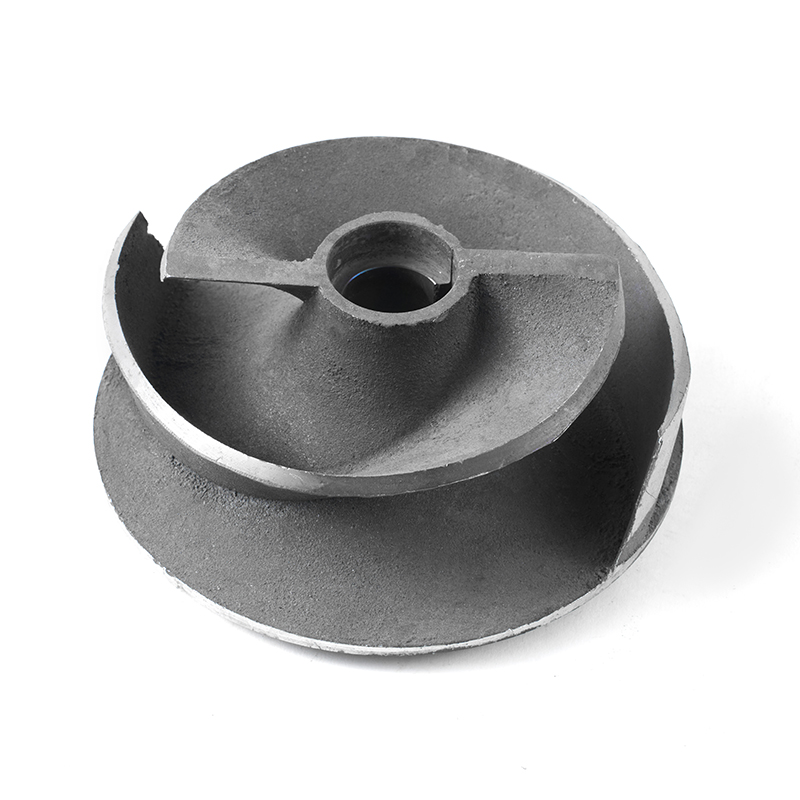Quality Control and Maintenance of Aluminum Die Casting Molds
Industry News-Aluminum die casting is a widely used method for producing high-precision, high-strength parts for a variety of industries, including automotive, electronics, and industrial machinery. The process relies on the use of molds that must meet stringent quality standards to ensure that the resulting parts are accurate, durable, and free from defects. Both quality control and maintenance of aluminum die casting molds are essential to the success of the casting process.

Quality control is a crucial aspect of the die casting process, as it directly affects the quality and functionality of the final cast parts. Aluminum die casting molds are subjected to temperatures and pressures during the process, so ensuring their integrity and precision is essential for the production of high-quality parts. A rigorous quality control program can prevent costly defects, production delays, and ensure that parts meet industry standards.
One of the key elements of quality control in aluminum die casting molds is the design and precision of the mold itself. The mold must be crafted with precision to ensure that it produces parts with accurate dimensions and smooth surfaces. Even the smallest variations in the mold cavity can defects such as dimensional inaccuracies, porosity, or surface blemishes. Manufacturers often use computer-aided design (CAD) and computer-aided manufacturing (CAM) tools to design and simulate the mold, ensuring that all aspects of the mold are optimized for the casting process.
Another critical aspect of quality control is material inspection. The quality of the mold material, typically made of steel or other durable alloys, must be checked to ensure it can withstand the high pressures and temperatures involved in aluminum die casting. Any cracks, defects, or wear in the mold material can compromise the integrity of the mold and affect the casting's quality.
The longevity and performance of aluminum die cast molds are significantly influenced by regular maintenance. Over time, molds can wear down due to the repeated exposure to temperatures and pressures during the casting process. Proper maintenance practices help extend the life of the mold, reduce downtime, and ensure consistent production quality. Here are some essential maintenance practices for aluminum die cast molds:
One of the important aspects of mold maintenance is regular cleaning. After each casting cycle, the mold should be cleaned to remove any aluminum buildup, debris, or slag that may accumulate in the mold cavity. If these impurities are not removed, they can affect the quality of future castings by creating defects in the parts. Using non-abrasive cleaning tools and chemicals can prevent damage to the mold surfaces.
Routine visual inspections are also critical to detect early signs of wear, corrosion, or cracking. Inspecting the mold after each use helps identify issues before they escalate, allowing for corrective action to be taken. The mold should be thoroughly checked for any signs of misalignment, erosion, or surface defects, particularly in areas that come into direct contact with the molten aluminum.
Mold lubrication is a key aspect of maintenance that helps prevent damage and wear during the casting process. Proper lubrication minimizes friction between the mold and the molten aluminum, allowing for smoother ejection of the cast part and reducing the risk of surface defects. High-quality lubricants are used to create a thin film that protects the mold surfaces and improves the release of the cast parts.
Over time, the lubrication system should be checked and replenished to ensure that it is functioning. Insufficient lubrication can premature mold wear, sticking of the cast part, and poor surface finishes.
 En
En
 русский
русский Español
Español عربى
عربى Deutsch
Deutsch















